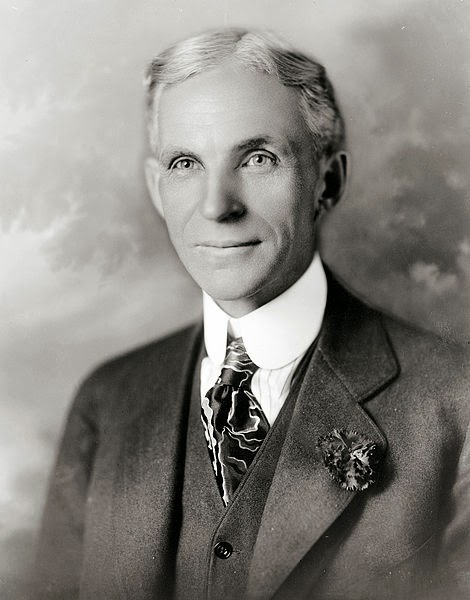7/25/2014
“Coming together is beginning. Keeping together is progress. Working together  is success.”– Henry Ford.
is success.”– Henry Ford.
Henry Ford rose to prominence over 100 years ago, but this quote still resonates with manufacturers today. Organizations maximize success when everyone on the team is working together. Companies can only strengthen their workforce by improving their internal communication skills.
The importance of internal communication is sometimes overlooked in manufacturing. This might be attributed to our industry’s emphasis on “hard skills.” If you are unfamiliar with the term, hard skills tend to be more quantifiable, technical skills. Your ability to operate a specific machine would fall under the hard skills category… you can measure how quickly and accurately you produce parts from a machine. Soft skills are harder to assess. Communication, motivation and teamwork are categorized as soft skills; they’re more subjective and difficult to measure.
However, positive internal communication is the basis to virtually all company improvement initiatives. Think about some key areas for improving your business such as Lean Six Sigma and achieving ISO Certifications. What do they have in common? Internal communication and teamwork either play a vital role, or are required components to successful implementation.
Here are some ways that your company can improve internal communication:
- Sometimes it’s better to avoid technology: Technology helps facilitate communication, but shouldn’t replace personal interaction. Miti Ampoma, author of The Innovation Communicator, captures this thought: “We have a fundamental need still to communicate face to face, through language and speech, an authentic experience many people crave for in a business world of increasingly soulless emails, multiple electronic devices and voice activated speech. Devices alone make us more connected than ever, but not to each other.”
- Note all areas of communication during conversation: An article in Forbes by Amy Rees Anderson about business communication relayed some tips from expert Dr. John Lund. Lund says that when we’re communicating, “we interpret messages based on the following three things: 55% is based on facial expressions and body language, 37% is based on the tone of someone’s voice and only 8% is based on the words someone says.”
- Communicate throughout all levels of the company: Although there needs to be a respected management system within your organization, communication shouldn’t be a one-way street. All of your employees should feel your business is a safe environment for feedback, ideas and communication.
Improved communication can have a positive impact on your company. Venchurs Inc. is a mid-sized company based out of Adrian, Michigan. The company implemented an initiative to communicate their long-term strategic plan throughout all levels of the business. As a result, the organization enhanced customer retention and increased new sales. Click here to read more.
For more information about how MMTC can assist your company, please contact us at 888-414-6682 or via email at inquiry@mmtc.org.
Since 1991, MMTC has assisted Michigan’s small and medium-sized businesses compete and grow. Through personalized services fitted to meet the needs of clients, we develop more effective business leaders, drive product and process innovation, promote company-wide operational excellence and foster creative strategies for business growth and greater profitability. Find us at www.mmtc.org.
Image Source.
Categories: Leadership/Culture